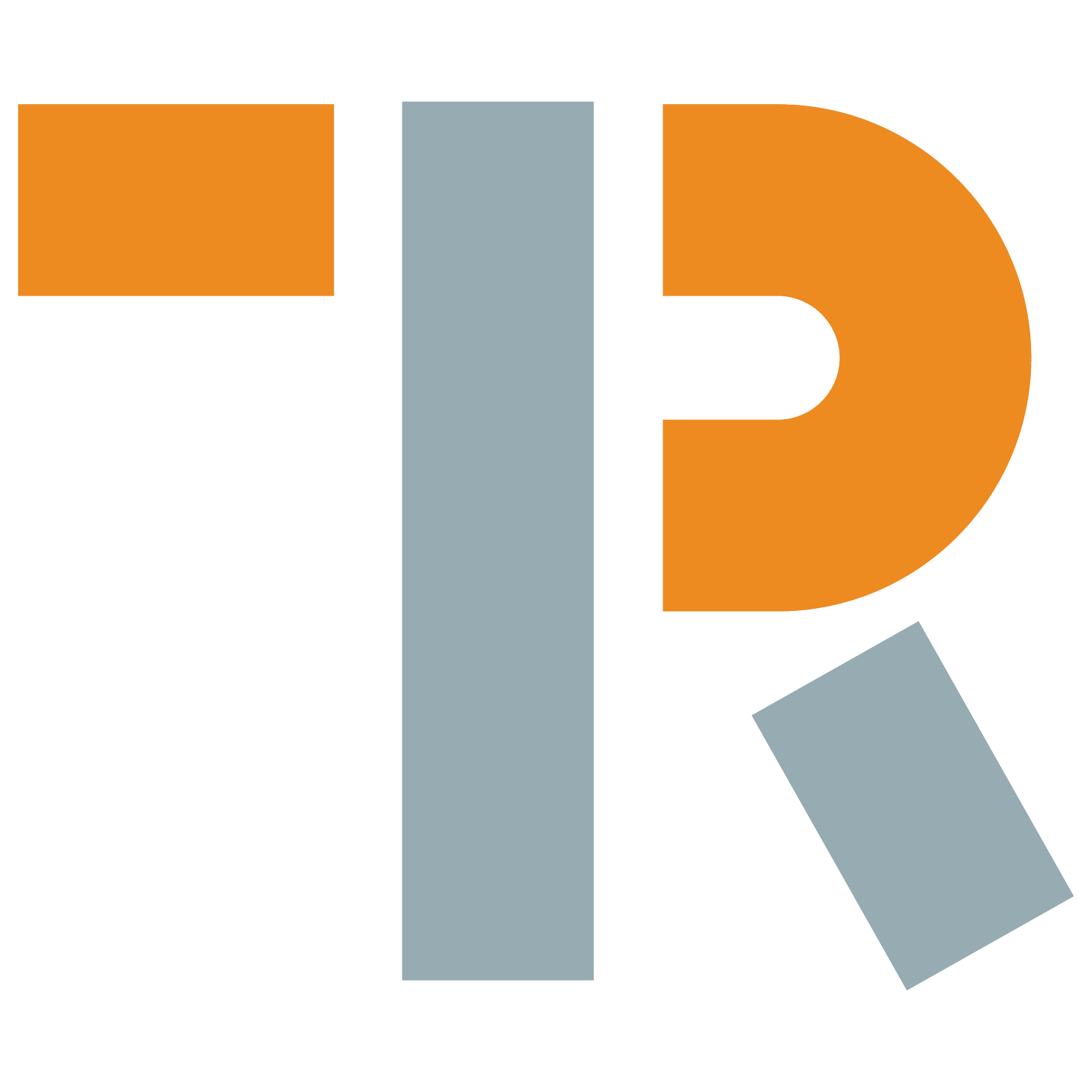It’s too hard to hold people accountable
Photo by Jason Goodman on Unsplash
We have been hearing that a lot lately. The U.S. Bureau of Labor Statistics reported that more than 50 million people quit their jobs in 2022, besting the highest level of resignations ever, which was set just the year before. As resignations trend ever upwards, employers face new challenges and frustrations.
Once the hallmark of success, the concept of accountability has been tabled in many cases. Employers fear backlash from “being too firm”, or don’t want to upset the apple cart by addressing an underperforming employee. They think, “What if they jump ship and get a job across the street?”, or “I can’t afford to be too tough!” Many employers react by increasing pay, thinking that a higher wage will foster loyalty. The New York Federal Reserve reported that American worker’s wage expectations have hit a new all-time high as well, almost $76,000 per year. And while wages can’t be ignored as part of the solution, let’s return to the title of this article: It’s too hard to hold people accountable.
That’s a false belief. In times of scarcity, we need MORE accountability, not less. Clear expectations breed resilient cultures. Most employees want to know exactly what’s expected, and when those expectations have been met. And if they have missed the mark, most want to be shown how to get better. Clarity creates the conditions for excellence. A lack of clarity breeds murky expectations and accountability is impossible to maintain.
Think about accountability as giving people permission to do their best. It’s a gift. Letting them know when they are not at their best is likewise a gift. Why? Because it gives them permission to adjust, improve, learn, and grow. It doesn’t have to be mean or cold. In fact, it is quite the opposite; it is kind to be clear.
Rather than shying away from accountability, consider the following practices to promote and maintain higher levels of accountability.
Clear job descriptions. If the door of the workplace is revolving, start by auditing job descriptions. Are we setting employees up for success with clear expectations?
Leadership training. Middle managers and supervisors in most businesses are the gatekeepers of accountability. “Leadership training” is too often confused with “executive leadership training”. Most businesses invest disproportionately in executive development programs, to the neglect of middle managers. Middle leadership is arguably where businesses will get higher levels of return on their investment. Middle leaders in most cases are the people-facing leadership roles – inspiring those they lead as well as executing on the vision of top leadership. The ability for a middle leader to set and maintain clear expectations and high levels of accountability is an oft-overlooked gold mind in business. Invest in equipping middle leaders with the skills and competencies they need to lead the business. (For a great read on the nuanced relationships middle leaders must navigate, reference Dr. Julie Armstrong’s articles).
User Manuals for Leaders. Sometimes called a “Leader Intro” or a “User Manual to Me”, it’s a one- or two-page document that leaders can share with the teams they lead. It’s most successful when a leader moves across the business and inherits a new team or is creating a team. The document informs team members about the leader, what their style is, how they communicate, what works well and what does not work well for them. It creates dialogue with team members, helps establish norms and expectations, and is an essential step in building team relationships.
Just do it. The bottom line is that there is no excuse for us to excuse accountability. Thinking it is someone else’s job, or that it is too hard, or that we can’t possibly do it because they will quit – this thinking just won’t cut the mustard! In the hallway of my son’s elementary school there is a posterboard with a mirror. Above the mirror is the caption: “meet the person responsible for your success and your happiness.” Accountability begins with the person looking back at you in the mirror.

